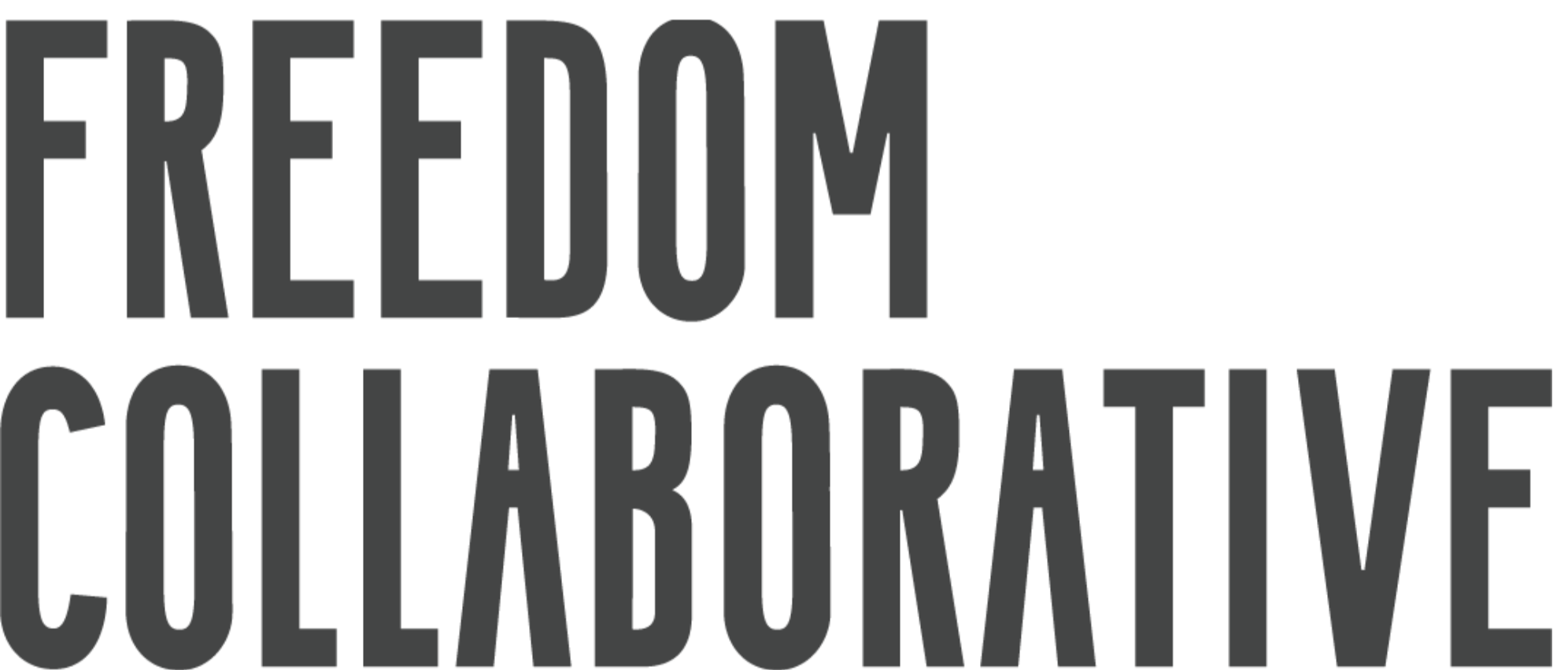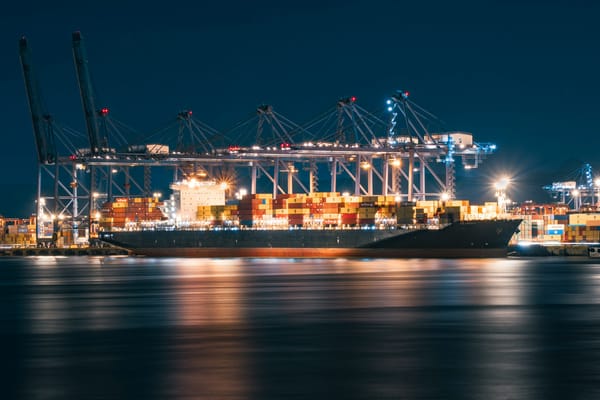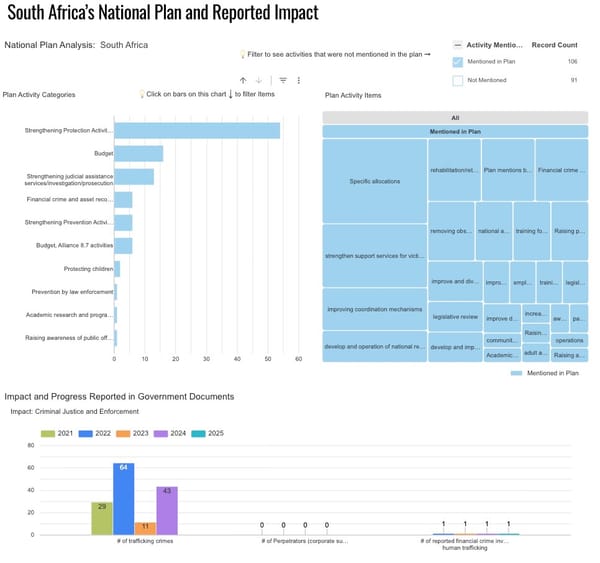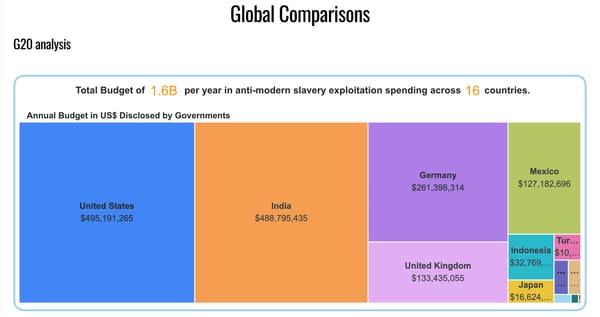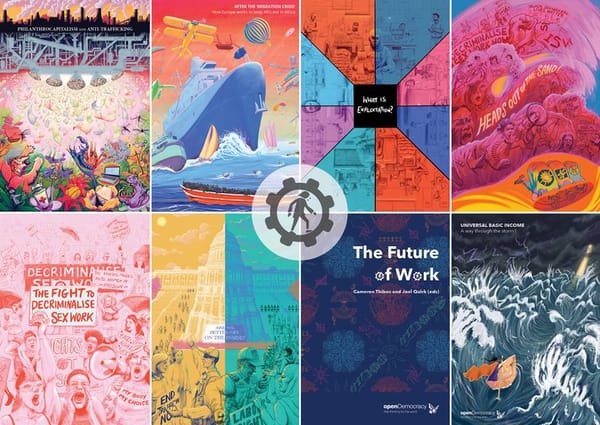Research highlights new challenges for anti-trafficking efforts in Vietnam
Forced criminality significantly transforms Vietnam’s trafficking landscape, a new service checks football contracts for trafficking red flags, and a recent study looks at the vulnerability to exploitation of Ukrainian refugees in Moldova.
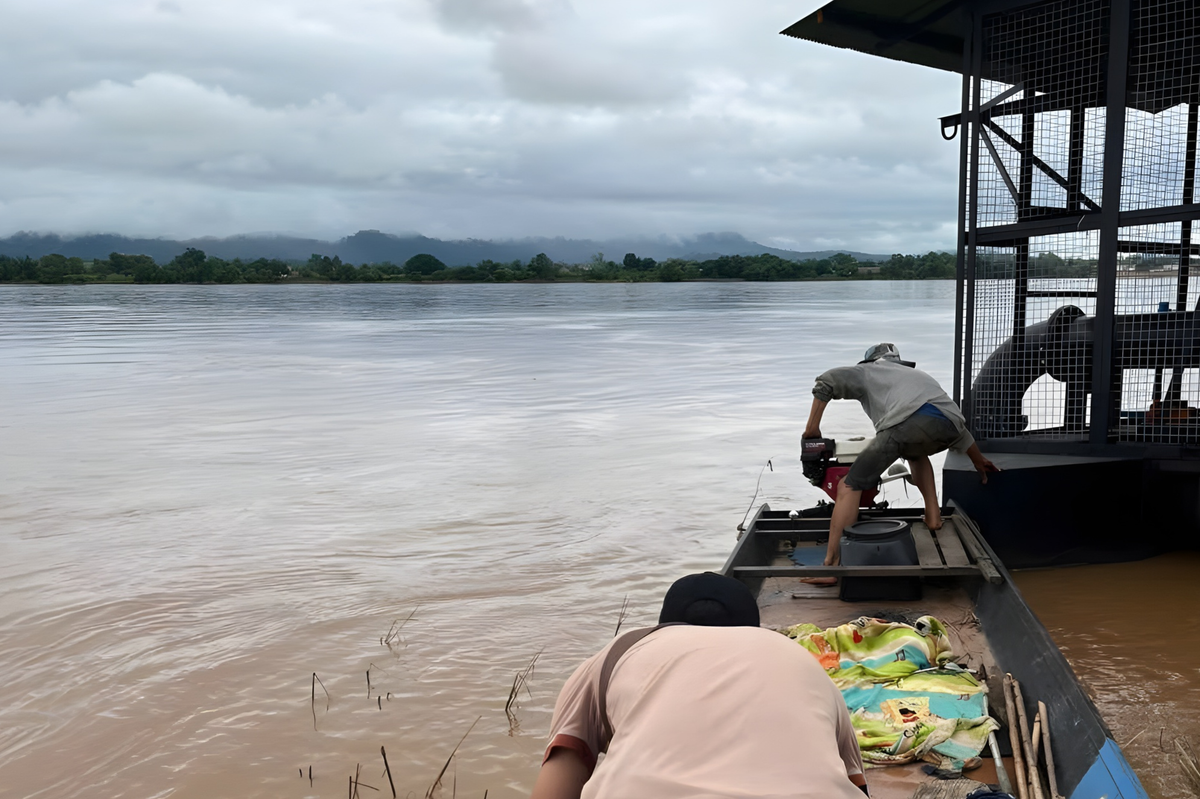
An upcoming report from Blue Dragon Children’s Foundation details the way in which the rise of forced scamming in Southeast Asia has reshaped Vietnam’s trafficking landscape, with a wider and more diverse group of Vietnamese victims now exploited in multiple ways. The shift of countries such as Cambodia, Laos, and Myanmar from origin to destination locations for trafficking victims has significantly affected Vietnamese communities, while forced criminality represents a major departure from Vietnam’s traditional trafficking patterns, which historically centered on sexual exploitation.
Despite the scale of the issue, evidence remains limited, and there is still little understanding of who in Vietnam is trafficked for forced criminality, how it happens, and who is responsible. Blue Dragon’s report, which will be launched on 14 October, seeks to address this gap by analyzing court cases heard in Vietnam between 2022 and 2024, involving 130 victims and 43 traffickers.
Vietnamese victims make up a substantial proportion of the tens of thousands of people believed to be exploited in scam centers across the region, with some sources identifying them as one of the largest national groups trafficked into these compounds. According to the IOM, Vietnam is one of the three main countries of origin for victims of trafficking for online fraud; between 2022 and 2024, forced criminality was the third most prosecuted form of human trafficking in Vietnam, accounting for 19 per cent of documented court cases. More recently, Vietnamese individuals represented the second largest group of foreign victims among the 7,000 people released from scam compounds in Myawaddy, Myanmar, in early 2025.
This shift in trafficking dynamics is reflected in the changing victim profile, according to Blue Dragon’s research data. For the first time, male victims outnumber females, accounting for 83.1 per cent of Vietnamese victims in the cases of forced criminality analyzed, while at least 65 per cent of victims identified were of Kinh ethnicity.
The phenomenon of victims becoming traffickers adds further complexity. Within scam compounds, victims may be coerced or enticed by promises of release into recruiting friends, while those who initially agreed to scam become victims themselves due to the violent and exploitative conditions. Some ransomed victims, unable to secure legitimate work, resort to trafficking others to repay debts. This dynamic poses serious challenges for victim identification and support, and for the prosecution of forced criminality.
Those trapped in scamming compounds also face an elevated risk of severe physical and psychological harm. Blue Dragon’s findings document both systematic physical torture and psychological abuse used to control victims and coerce their participation in crimes.
However, anti-trafficking groups working to respond face mounting obstacles. Cuts in funding from USAID and other U.S. Government sources in early 2025 have severely undermined anti-trafficking initiatives in Southeast Asia, reducing access to essential services such as rescue and shelter. Thousands of victims remain trapped, and experts warn that the cuts will allow transnational criminal groups to expand even more rapidly. The extreme violence and torture associated with forced criminality also create major challenges for rescue, repatriation, and reintegration.
The high proportion of male victims poses additional challenges. In Vietnam, support services for men are limited, with few male social workers and no specialized shelters. Law enforcement and the justice system struggle to recognize men as victims, while male survivors themselves often experience intense shame, viewing their exploitation as a personal mistake rather than a crime committed against them.
Crimes occurring within scam compounds intersect with multiple legal frameworks, including trafficking, fraud, money laundering, organized crime, and cybercrime, Blue Dragon notes. Addressing the trafficking of people into scam compounds therefore requires tackling the full spectrum of crimes committed by transnational networks – an effort far beyond the reach of traditional counter-trafficking organizations that requires unprecedented collaboration. Governments must work not only with each other but also with the private sector and across diverse areas, including anti-money laundering, labour migration, torture prevention, technology regulation, and anti-corruption.
The report’s authors will present the findings of the study and explain how this new information can help fight the online scamming crisis in a webinar on 14 October at 9:00 BST.
Here’s a roundup of other noteworthy news and initiatives:
Newly launched service Free 2 Play, billed as the first fact-checking platform to address human trafficking in sport, allows players, families and clubs to verify the legitimacy of agents, contracts, and academies. Developed in response to the widespread exploitation of young footballers across multiple regions, the initiative aims to strengthen transparency and accountability in player transfers and reduce opportunities for abuse.
IOM Moldova has released the first comprehensive study on trafficking vulnerabilities linked to the war in Ukraine that focuses specifically on Moldova. The research provides new data on how displacement and existing socio-economic inequalities interact to shape risk, offering evidence-based recommendations to strengthen protection and inclusion measures.
The Global Fund for Children recently conducted a fully participatory Global Impact Study, training partner organizations as peer researchers through a Peer Participatory Action Research model. Drawing on data from 27 countries, the study presents new evidence that trust-based flexible funding and minimal monitoring enhance organizational capacity and facilitate more profound, sustainable community impact.
After more than a decade examining the structures of exploitation in the global economy, the Beyond Trafficking and Slavery project will close at the end of November. The platform’s editors note that while exploitation remains widespread, they believe their contribution in its current form has reached a natural conclusion. Its penultimate feature, newly published, explores refugee integration into the global economy, highlighting both the opportunities and structural barriers that continue to impede access to decent work and inclusion.
A new investigation highlights the caustic soda sector as the latest high priority under the Uyghur Forced Labor Prevention Act (UFLPA), tracing links between Xinjiang-based producers and global supply chains for electronics, textiles and cleaning products. Because the chemical is used in manufacturing but leaves no physical trace in finished goods, it presents complex compliance challenges for importers seeking to avoid exposure to forced labour in Xinjiang.
An Italian journalist documenting a rescue mission in the Mediterranean captured footage of Libyan militias allegedly throwing migrants into the sea, acts that may constitute violations of international law. The NGO Mediterranea Saving Humans, which conducted the rescue, has submitted the evidence to prosecutors and the International Criminal Court, calling for trafficking charges against the Libyan authorities involved.
An upcoming webinar on the UN Binding Treaty will explore how to better center victims and vulnerable groups, highlighting gendered impacts of corporate abuse and community perspectives on access to remedy.
